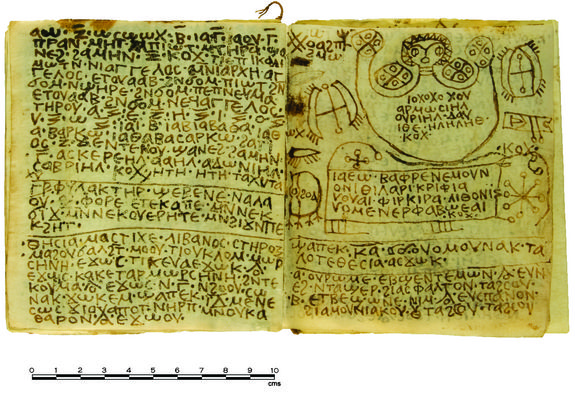
A Magic Spell Book from Ancient Egypt
News November 21, 2014

Recommended Articles
Digs & Discoveries July/August 2018
Divine Invitation
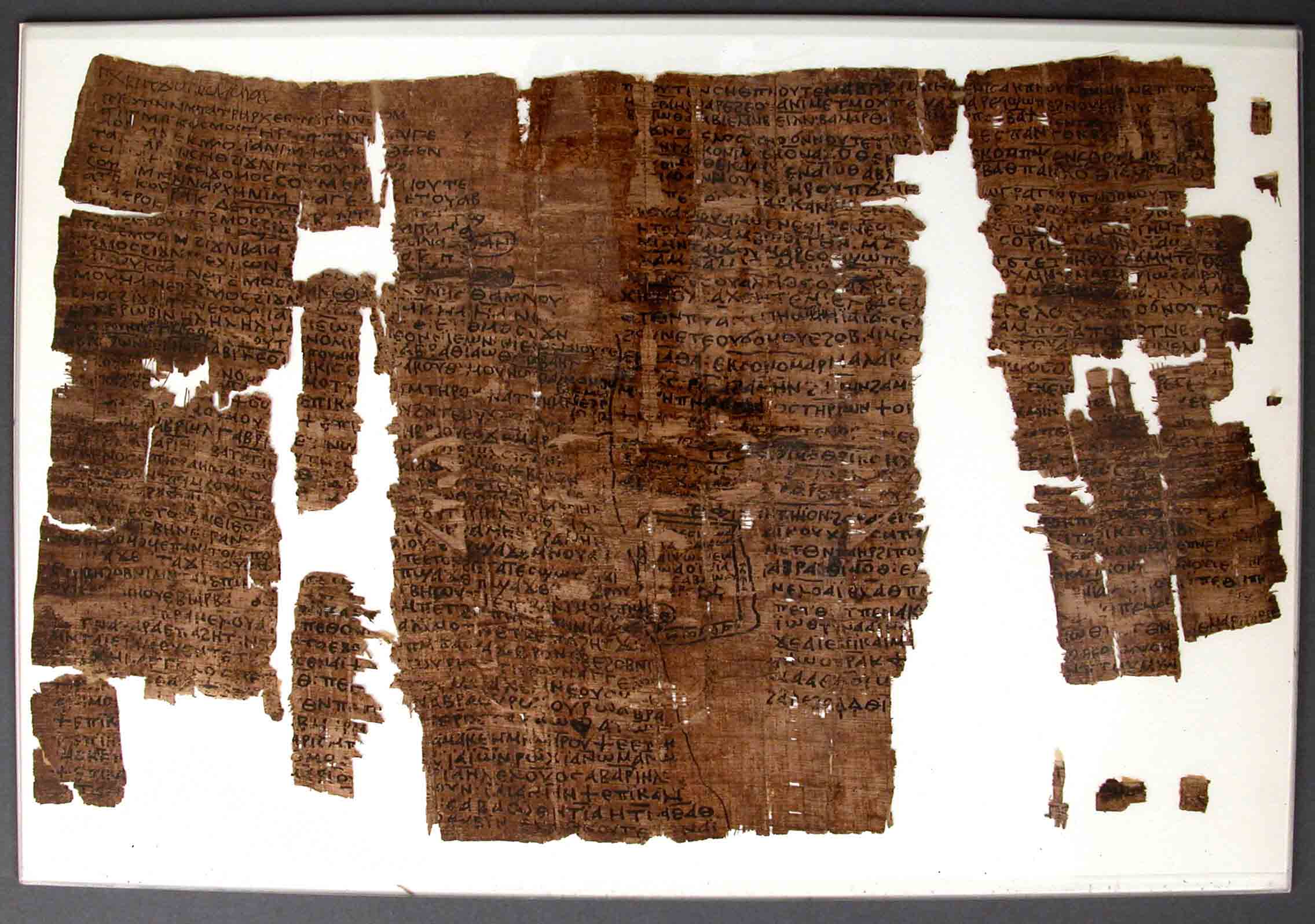
Off the Grid November/December 2025
Bighorn Medicine Wheel, Wyoming
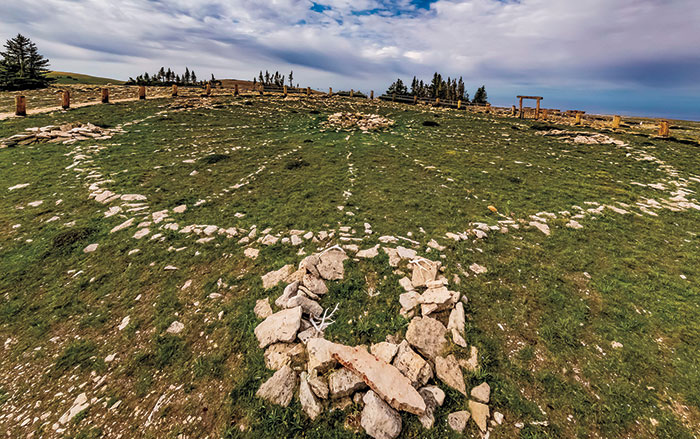
Letter from Mongolia November/December 2025
Building the Black City
Why the nomads of the Uighur Empire constructed a medieval urban center like no other
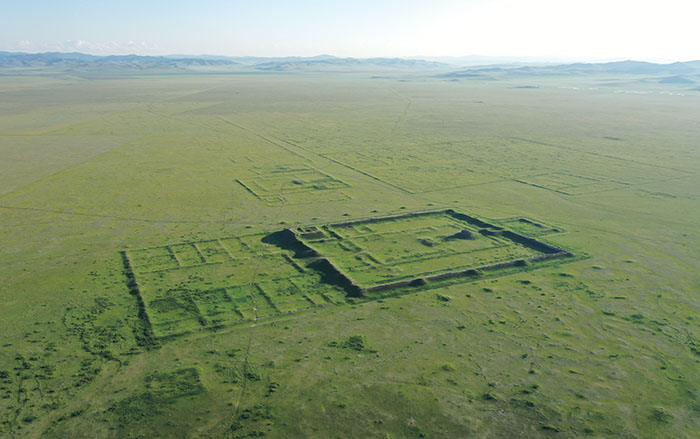
Digs & Discoveries November/December 2025
In His Majesty's Secret Service
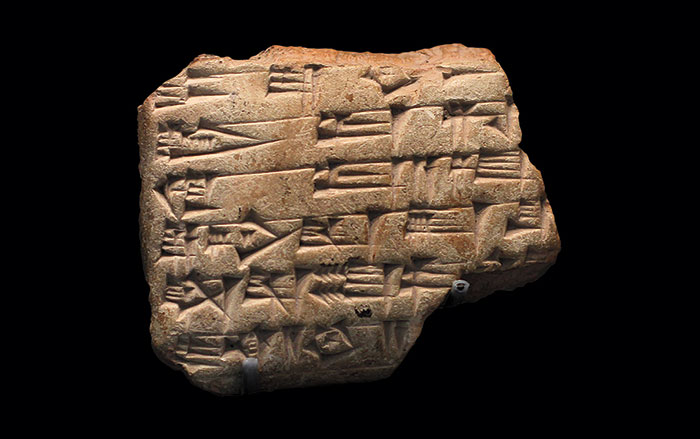
-
Features September/October 2014
Erbil Revealed
How the first excavations in an ancient city are supporting its claim as the oldest continuously inhabited place in the world
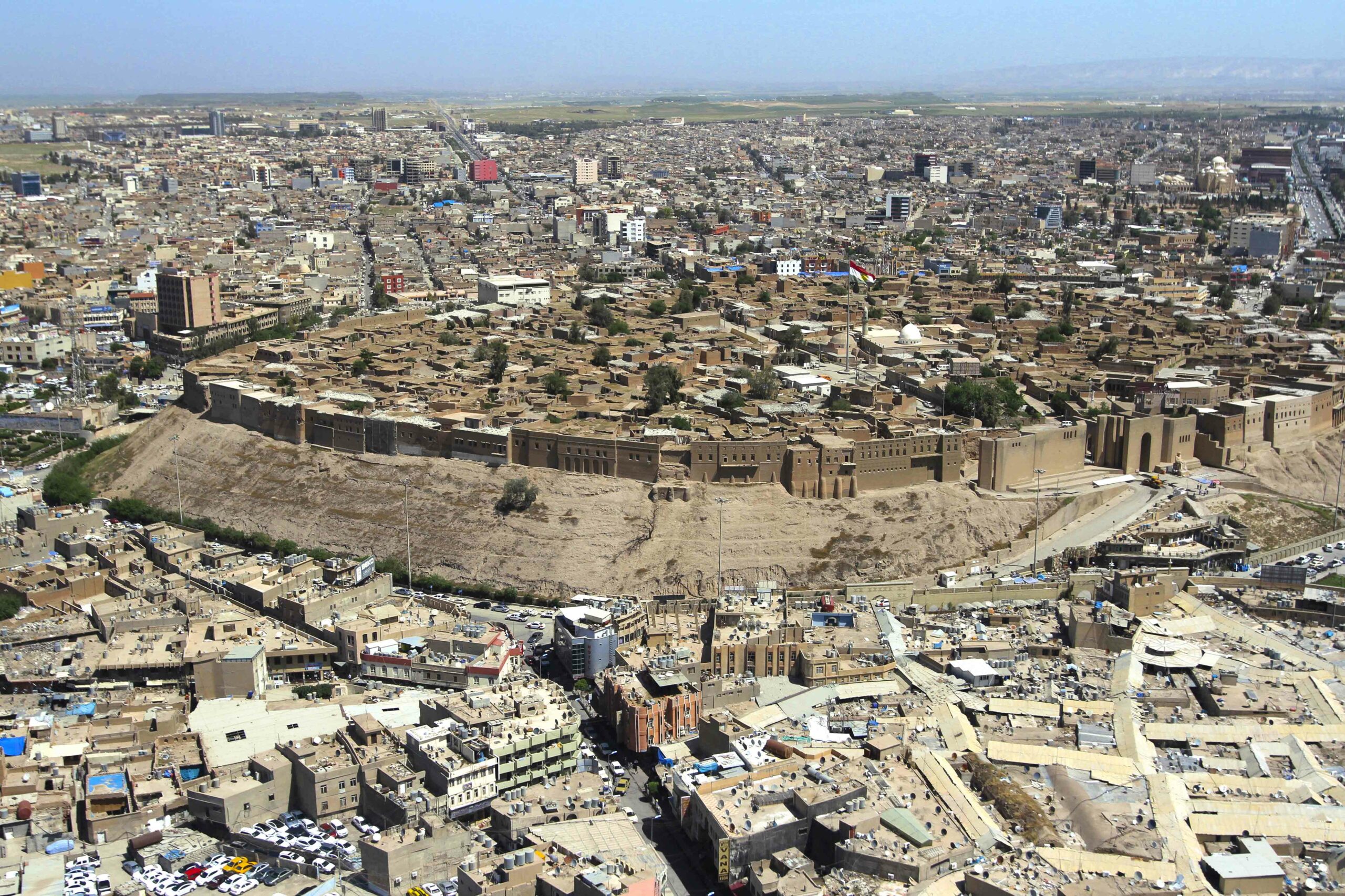 (Courtesy and Copyright Golden Eagle Global, Kurdistan, Iraq)
(Courtesy and Copyright Golden Eagle Global, Kurdistan, Iraq) -
Features September/October 2014
Castaways
Illegally enslaved and then marooned on remote Tromelin Island for fifteen years, with only ARCHAEOLOGY to tell their story
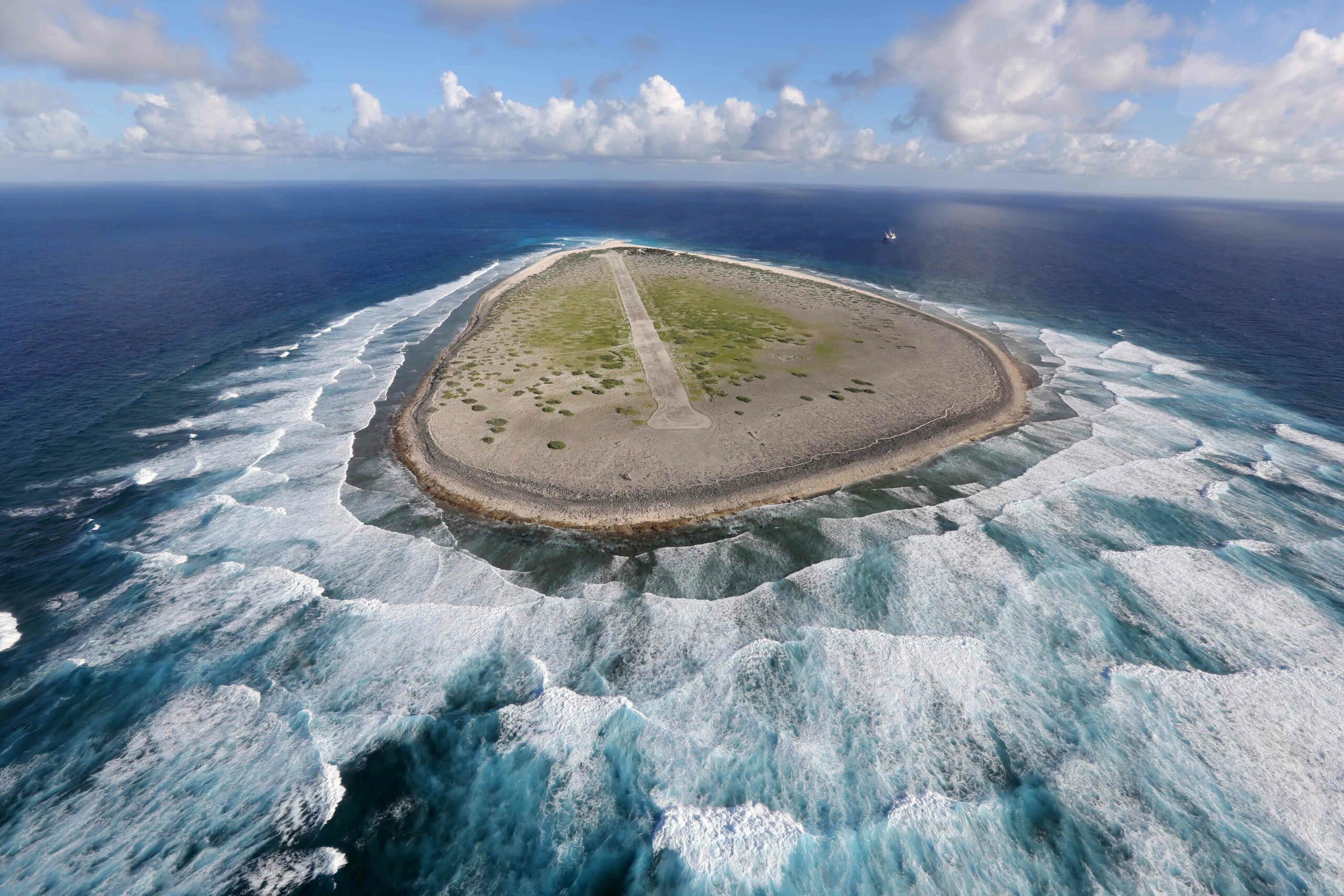 (Richard Bouhet/ Getty Images)
(Richard Bouhet/ Getty Images) -
Letter from the Bronx September/October 2014
The Past Becomes Present
A collection of objects left behind in a New York City neighborhood connects students with the lives of people who were contemporary with their great-great-great-grandparents
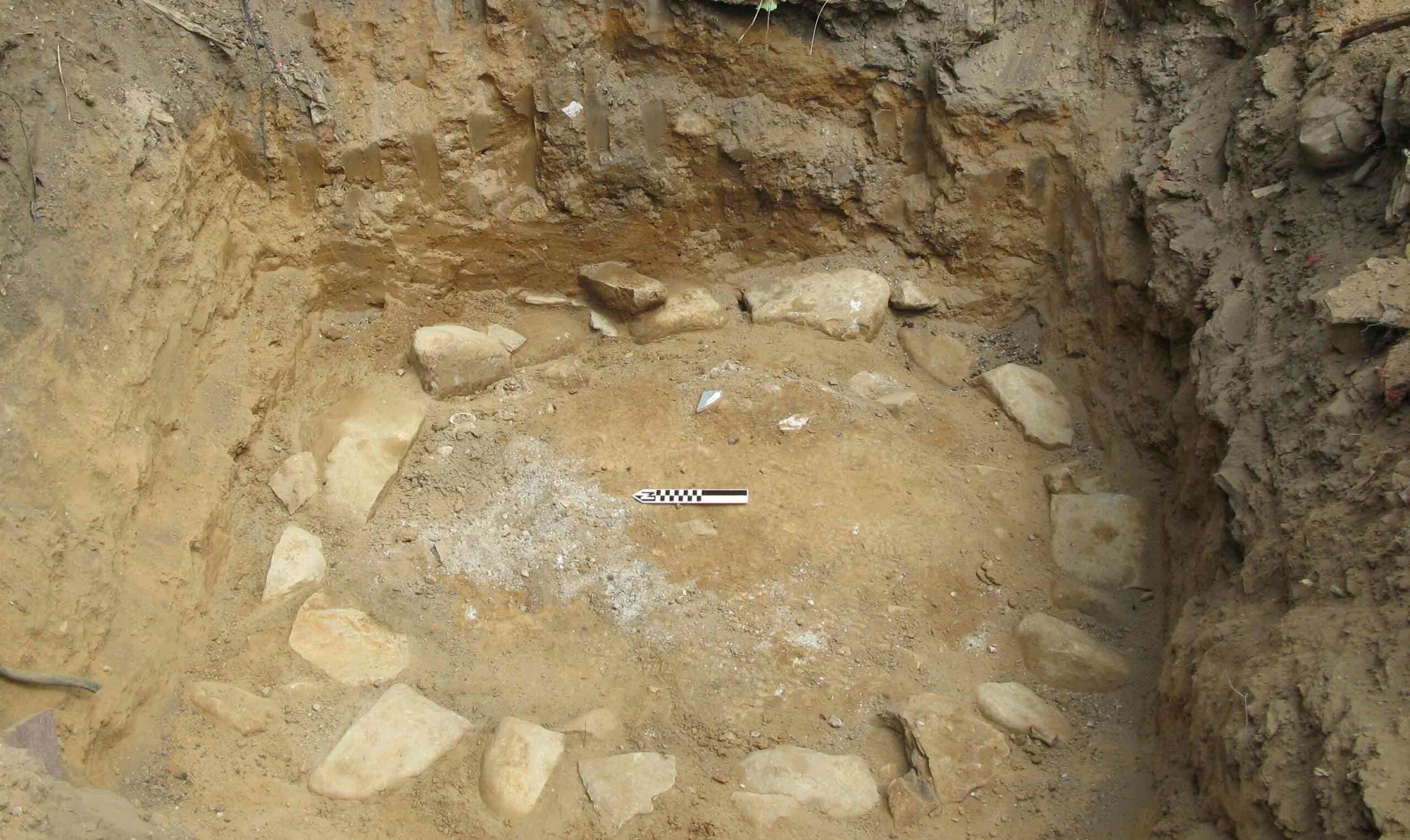 (Courtesy Celia J. Bergoffen Ph.D. R.P.A.)
(Courtesy Celia J. Bergoffen Ph.D. R.P.A.) -
Artifacts September/October 2014
Silver Viking Figurine
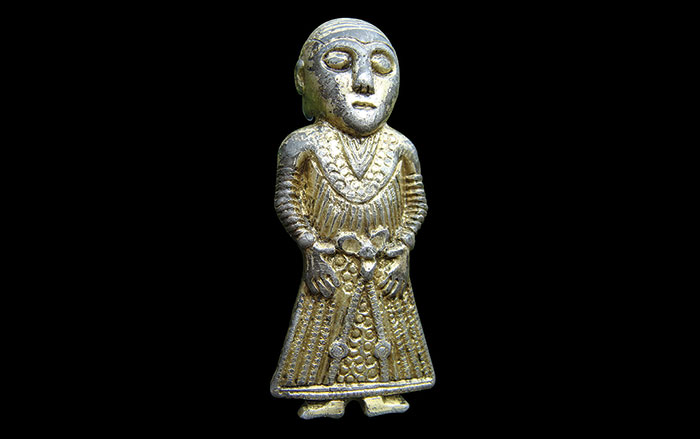 (Courtesy Claus Feveile/Østfyns Museum)
(Courtesy Claus Feveile/Østfyns Museum)


